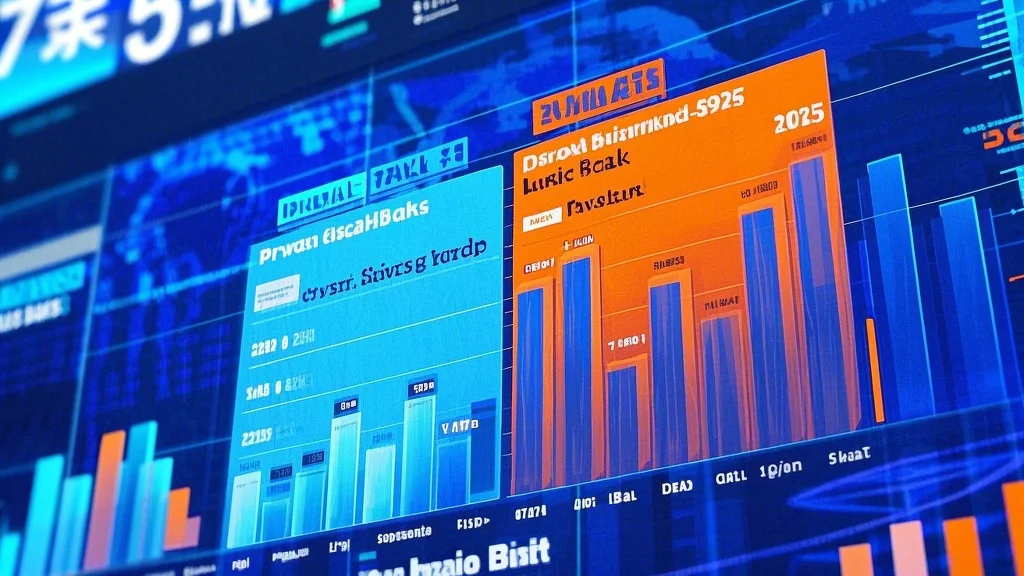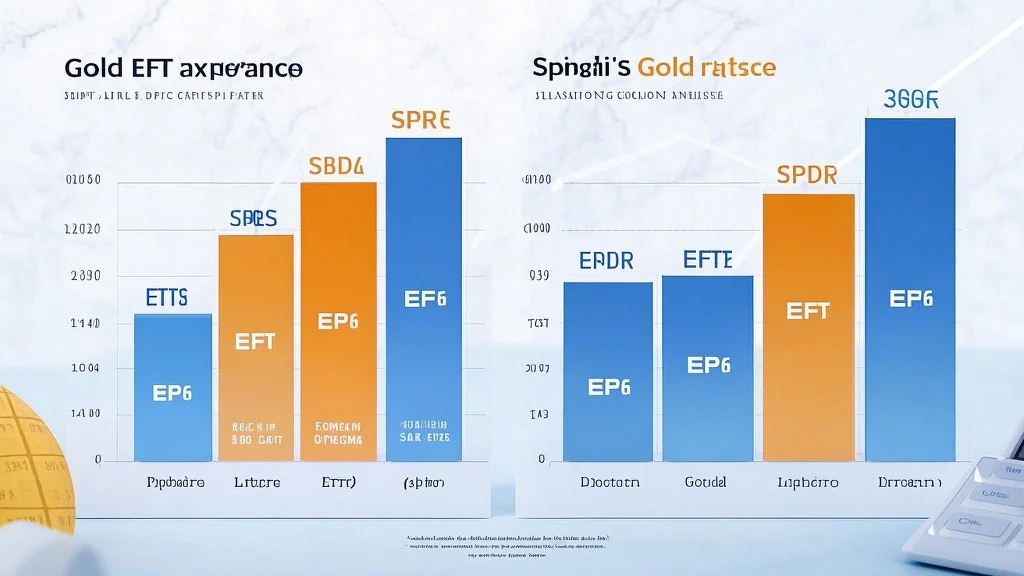In the ever-evolving world of cryptocurrency, institutional investors are increasingly turning to Wall Street-inspired strategies to navigate the volatile waters of Bitcoin trading. This article explores how traditional financial market techniques are being adapted to the digital currency space, offering insights into the institutional trading signals that are driving success. Whether you’re a seasoned trader or a curious investor, this guide will reveal the strategies Wall Street pros are using to dominate the Bitcoin market.

The convergence of Wall Street and cryptocurrency markets has been one of the most significant financial developments in recent years. While Bitcoin was once the realm of tech-savvy retail traders and speculative investors, institutional players are now bringing their tried-and-true strategies to the table. These Wall Street-inspired approaches are reshaping how Bitcoin is traded, analyzed, and valued.
The Rise of Institutional Bitcoin Trading
Institutional investors, including hedge funds, asset managers, and major financial institutions, are pouring billions into Bitcoin and other cryptocurrencies. Unlike retail traders, who often rely on short-term gains and emotional decision-making, institutional players operate with a long-term vision and rigorous analytical frameworks. This shift has brought a new level of sophistication to the cryptocurrency market, with strategies rooted in technical and fundamental analysis.
One of the most notable trends is the use of Bitcoin futures and options by institutional traders. These derivatives allow them to hedge risks, lock in profits, and speculate on price movements without directly holding the asset. By leveraging these tools, institutional investors can manage their exposure to market volatility while maintaining a strategic edge.
Understanding Bitcoin Trading Signals
Bitcoin trading signals are a crucial component of any successful trading strategy. These signals are derived from a combination of technical indicators, market sentiment, and macroeconomic factors. Wall Street pros have a proven track record of identifying these signals in traditional markets, and they are now applying similar principles to Bitcoin.
For instance, institutional traders closely monitor key technical indicators such as the Relative Strength Index (RSI), Moving Average Convergence Divergence (MACD), and Bollinger Bands. These tools help them identify overbought or oversold conditions, trend reversals, and potential breakouts. Additionally, they analyze volume trends, which can indicate the strength of a price movement.
Another critical factor in Bitcoin trading signals is market sentiment. Institutional investors use a variety of tools, including news sentiment analysis and social media monitoring, to gauge the mood of the market. By understanding how retail traders and institutional players are positioning themselves, they can anticipate trends and make informed trading decisions.
The Role of Fundamental Analysis
While technical analysis is essential, fundamental analysis plays a vital role in shaping institutional Bitcoin trading strategies. Fundamental analysis involves evaluating the underlying factors that influence the value of an asset, such as economic indicators, regulatory changes, and technological advancements.
For Bitcoin, fundamental factors include adoption rates, regulatory clarity, and the overall health of the cryptocurrency ecosystem. Institutional investors pay close attention to macroeconomic trends, such as inflation rates and central bank policies, as these can have a significant impact on the price of Bitcoin. For example, during periods of economic uncertainty, Bitcoin is often seen as a safe-haven asset, similar to gold.
Adapting Wall Street Strategies to Cryptocurrency Markets
Wall Street strategies are not a one-size-fits-all solution for Bitcoin trading. The cryptocurrency market operates differently from traditional financial markets, with higher volatility and shorter trading hours. However, institutional investors are adapting these strategies to suit the unique characteristics of the Bitcoin market.
One key adaptation is the use of high-frequency trading (HFT) algorithms. These algorithms allow institutional traders to execute trades at lightning speed, capturing small price inefficiencies that might not be visible to the naked eye. While HFT is a common practice in traditional markets, its application in the cryptocurrency space is still evolving, with institutions like Citadel and Goldman Sachs leading the charge.
Another adaptation is the integration of Bitcoin into traditional portfolio diversification strategies. Institutional investors are increasingly incorporating Bitcoin into their asset allocation models, treating it as a separate asset class. This approach allows them to balance the high risk and high reward nature of Bitcoin with more stable investments.
The Importance of Risk Management in Institutional Bitcoin Trading
Risk management is the cornerstone of any successful trading strategy, and institutional investors take this principle to the next level. Wall Street-inspired risk management techniques are being adopted by Bitcoin traders to navigate the highly volatile cryptocurrency market.
One popular approach is the use of stop-loss orders, which automatically limit potential losses if the price of Bitcoin moves in an unfavorable direction. Institutional investors also employ position sizing strategies, ensuring that their trades are appropriately scaled relative to their overall portfolio. This helps prevent any single trade from having a disproportionate impact on their risk profile.
Another critical aspect of risk management is diversification. Institutional investors are not putting all their eggs in one basket. Instead, they are spreading their investments across different cryptocurrencies, as well as traditional assets like stocks and bonds. This approach helps mitigate the risks associated with market volatility while still capitalizing on the growth potential of Bitcoin.
The Role of Data and Analytics in Bitcoin Trading
Institutional Bitcoin trading is deeply rooted in data and analytics. Wall Street pros rely on sophisticated tools and platforms to collect, analyze, and interpret market data in real time. These tools provide actionable insights into trends, patterns, and anomalies, helping traders



